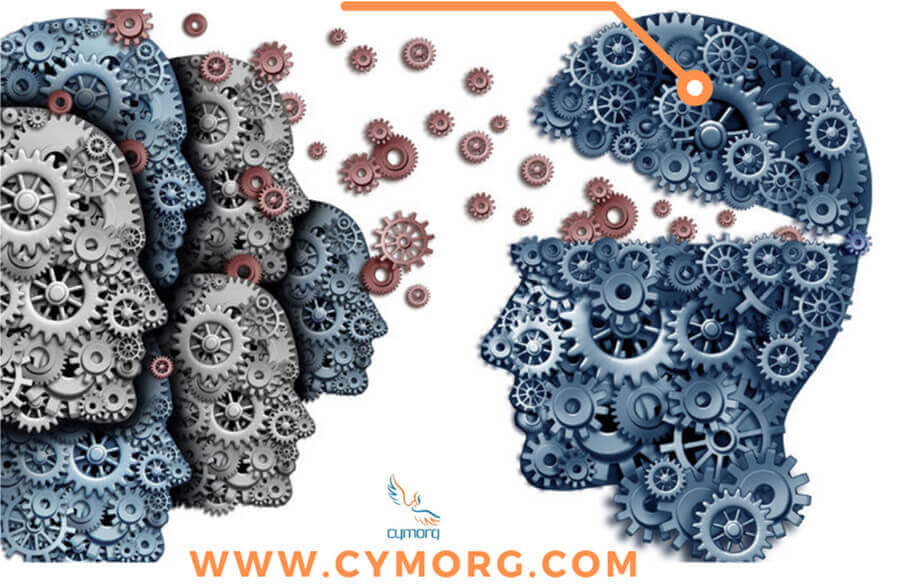-

Leadership and the Future of Work
May 7, 2017By Sriram PadmanabhanI had the pleasure of attending the McKinsey Global Academy – NYU Digital Future of Work Summit last week. The topics covered are vitally relevant, the panelists made insightful remarks and the celebrity speakers (Alicia Glen, Tom Siebel, Anne Marie Slaughter and Arun Sundararajan) did not disappoint.
Among the great takeaways for me, quite literally, were two excellent McKinsey Global Institute handbooks: “Independent Work: Choice, Necessity and the Gig Economy” (Oct 2016) and “A Future that works: Automation, Employment, and Productivity” (Jan 2017). Containing high quality writing and excellent presentation of research data, they neatly framed the conference in many ways.
The biggest questions about a future shaped by automation and the gig economy relate to involuntary technological unemployment. There was enough said on both sides of the argument to convince me that the crystal ball is still foggy on the subject.
This article, however, is about a different consequence of the same forces, one that is easier to predict, but which has received less attention. While it may not operate at the level of economies, it can easily destroy corporations that do not plan for it. It concerns the transformation of corporate leadership in a post-automation workplace, and the corresponding need for transforming leadership development processes and methods.
The MGI handbook on automation tells us that management jobs are amongst those that have the lowest potential for automation. Human activities that are toughest to replicate by current technologies include certain cognitive capabilities (generating novel patterns / characteristics, logical reasoning / problem solving, creativity and coordination with multiple agents) and social & emotional sensing, reasoning and output. The ones that they have managed to replicate (and better) include the recognition of known patterns and data retrieval.
It is obvious that general management and corporate leadership will continue to be human occupations. Human managers will perform critical cognitive, social and emotional tasks that machines cannot replicate. The more repetitive, ‘run-bookable’ activities, but also certain activities with deep and narrow expertise, will either be done by machines, or outsourced as ‘gigs’ to independent entities. Wherever it is possible for the knowledge necessary for a decision to be simplified and structured, it will be done.
What does this imply for the future of work? That employees will have manager-like roles much earlier into their careers. They will have a massive amount of data and compute power at their command, they will be able to collaborate and communicate with others in a heartbeat, but they will not be micro-supervised or coached, and they will have to take quick situational decisions with the firm’s goals, values and best interests at heart. These will precisely be those decisions that the machines cannot be taught to take, because they are too complex to capture as algorithms.
But how will employees learn to take them?
Today’s leaders take many of these judgment calls, in hierarchical setups that today’s pace of business allows for. By limiting authority, firms concentrate the risk of wrong decisions in the hands of a few chosen people. These people have been around for a while. The firm’s values and culture are muscle memory for them. They’ve taken many decisions themselves and learnt from countless missteps, both their own and those of others before them. They can recognize a new trend simply by knowing in their very bones when a familiar wind blows from an unexpected direction.
Even today, we live in a world where an implicit apprenticeship system is in effect, especially in large organizations. When novices join the workforce, they are put in teams led by an experienced employee. For the first few years, they do repetitive tasks – gathering, aggregating or disseminating routine information. They bubble up the occasional complicated issue that crops up, to their managers, until they have learnt sufficiently by observation and mentorship. They can then be trusted with the management of such issues, and with a team of their own. In due course, a few employees gain the knowledge they need to perform a leadership role at the corporation. Much of the knowledge a leader uses to make judgment calls was not acquired by process manuals, MBA programs, or formal training. It is intuitive, heuristic-based and honed by repeated experience. Large parts of it may not even be articulated in words, let alone in algorithms that can be fed to a machine.
In the post-digital, post-automation future, far more than a small number of gray-haired denizens of corner offices will need to take ‘leadership’ type decisions. They will have less time in which to do so, nobody to escalate to, and no experience dealing with, or observing others deal with such situations.
How can situational judgment and managerial decision-making be taught in the future? That is the question that corporations need to ask themselves in the new future.
The McKinsey Institute handbook doesn’t address the question directly, but does talk about the need for broad technological education:
“Business leaders and their organizations will also need to become more knowledgeable about the evolution of the technologies themselves, understanding the art of the possible, and the potential for the future… This is not just 'book knowledge' … but practical knowledge that comes from devoting some resources to continually and purposefully experimenting with technologies on real problems, and then scaling those that demonstrate promise.”
One option is to adapt the same methodology (i.e., "continual and purposeful experiments on real problems, and scaling those strategies that demonstrate promise") to leadership development. I see a big future for simulation-based sandboxes in which future leaders can practice decision-making skills and style. They can fail, and learn from failure, in virtual environments without wider repercussions to the firm. I am sure there are other approaches as well – but whatever the solution, organizations must not underestimate the problem.
Poor leadership decision-making is a leading cause of organizational failure. The situation is likely to exacerbate in a post-automation world, where the increase in readily available business intelligence can be undone by a corresponding reduction in management maturity.
Every time a mundane business process is switched from manual to automatic (or gig) mode, there are gains in productivity, customer satisfaction and investor returns, but there are losses in managerial knowledge that is essential for situational judgment. If leadership development is not transformed to correct for this, managers may swiftly drive a firm into the ground with rookie mistakes that grizzled veterans of older times might never have made.
 Written By
Written BySriram Padmanabhan
President and Founder of Cymorg, a digital Leadership Development solution that combines gamification, data science & business simulations.
Know More












